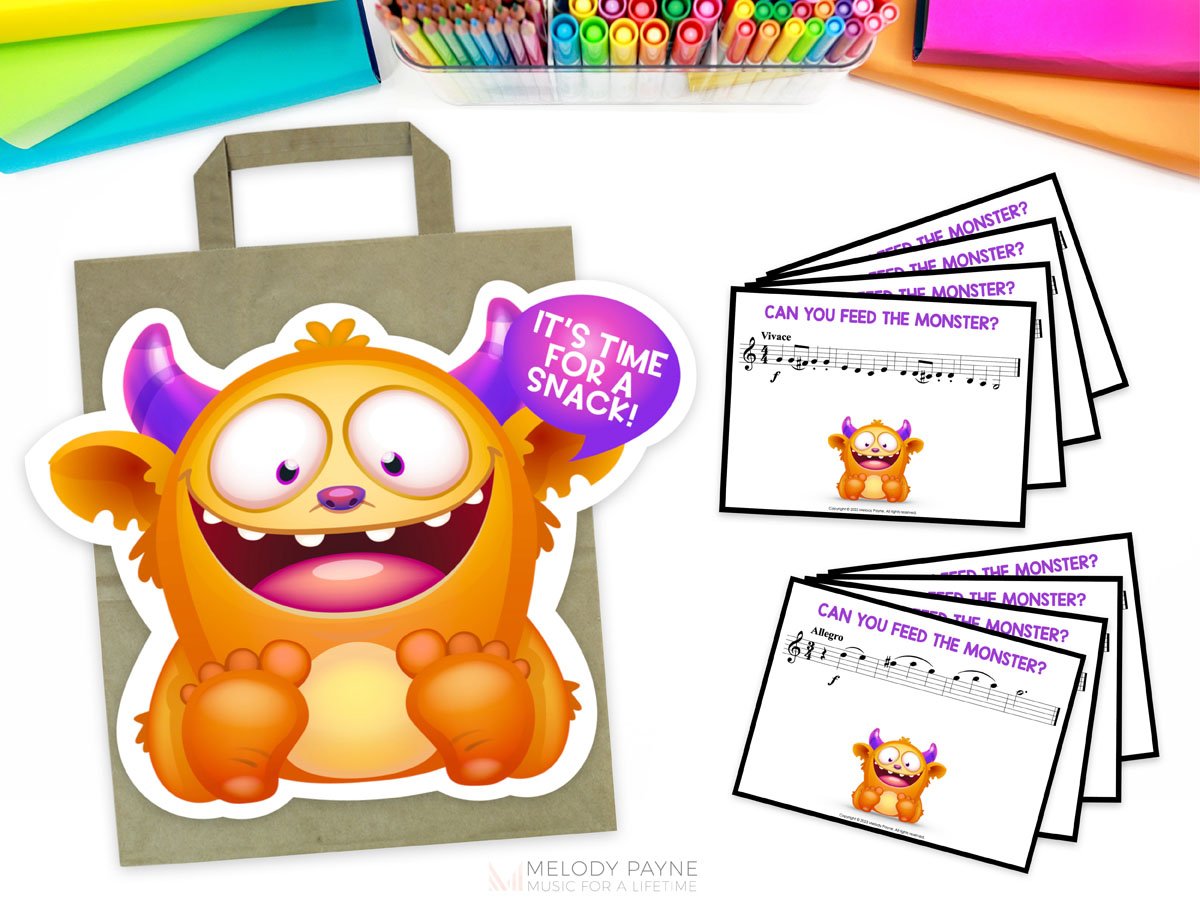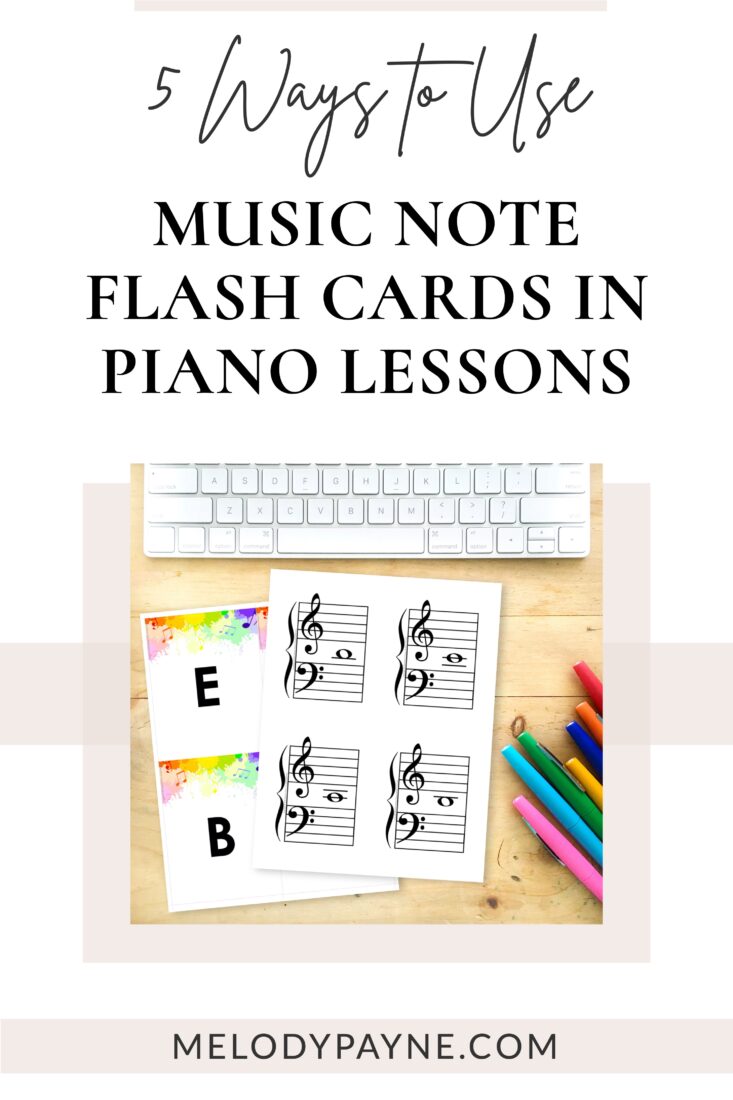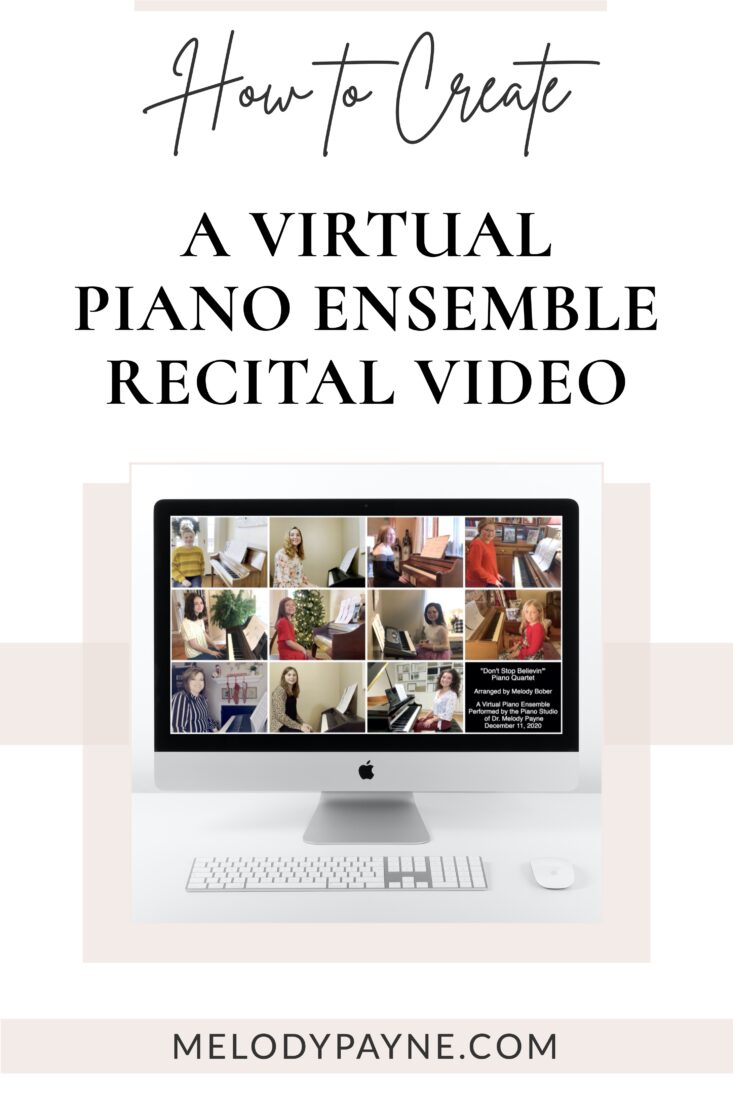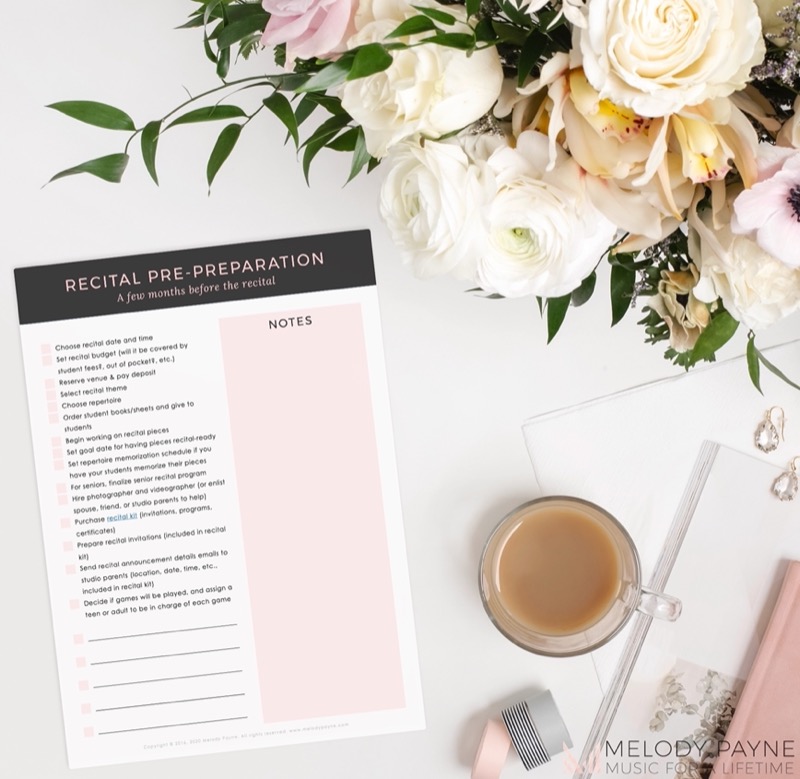4 Reasons to Use Feed the Music Monster Treble Clef Ledger Lines Sight-Reading Game
This post may contain affiliate links. If you purchase something through an affiliate link, I will receive a small commission at no cost to you. For more information, read the disclosure statement here.
I’m a big fan of the new Feed the Music Monster Treble Clef Ledger Lines sight-reading game — try it and you will be too!
If you’ve already used previous versions of this adorable yet educational music game, you need no convincing.
My students consistently love playing this interactive sight reading and ear training game, and this newest version contains some additional elements that are just perfect for springtime and new beginnings.
Before describing my four reasons to use Feed the Music Monster Treble Clef Ledger Lines sight-reading game, let’s discover what’s included in your digital download and how to prepare it.
What Is Included in Feed the Music Monster Treble Clef Ledger Lines Sight-Reading Game
- Two sets of 20 different cards have snippets of classical (in the broad sense of the word) melodies on them.
- Set A cards all have the cute and colourful music monster on them.
- Set B cards are in black and white. They have no clipart on them and are included for older students who need a more straightforward approach to sight reading.
- Famous composers such as Bach, Vivaldi, Beethoven, Debussy, Offenbach, Haydn, Liszt, and more!
- Ledger line notes ranging from G3 to B5
- Note values: eighth, dotted quarter, quarter, half, dotted half, whole, and dotted eighth notes followed by sixteenth notes.
- Quarter and eighth rests
- No key signatures; accidentals are used within the melodies
- Single-line melodies for ease of reading
- Time signatures, tempo markings, dynamics, basic articulation marks
- No finger numbers; students may use logical fingering of their own
- There is a convenient, numbered chart for the teacher’s use; the composer and title of each snippet of music is listed.
- Each card is numbered according to its number on the chart.
- A full-page, cute and funny music monster image
How to Prepare Feed the Music Monster Treble Clef Ledger Lines Sight-Reading Game
- Print and cut out the music monster image onto white card stock. Laminate if desired.
- Cut out the hole for the monster’s mouth with sharp scissors or a craft blade.
- Attach the monster to a gift bag, trace the mouth on the gift bag, and cut out the mouth shape on the bag.
- Print and cut out the melody cards; lamination is optional.
- Print and laminate the bonus game board.
If you’d like a visual of how to set up a Feed the Music Monster game, check out Feed the Music Monster Game for Piano Lessons.
And now, let’s dive into my four reasons to use Feed the Music Monster Treble Clef Ledger Lines Sight-Reading Game:
1. This Treble Clef Ledger Lines Game Strengthens Sight Reading Skills
Perhaps your students have a traditional, graded sight reading book that they use regularly at lessons and/or at home.
Such books are often a mainstay in the piano student’s music bag. They are necessary and useful.
However, as the teacher, you alone can ignite that extra-special spark of interest that may be missing from traditional sight reading practice.
Break out the Feed the Music Monster Treble Clef Ledger Lines Sight-Reading Game one day unexpectedly during a piano lesson, and watch your student’s eyes light up!
Place the cards into a container and shake to shuffle them. The student draws a card and sight-reads the melody.
If the student plays the melody correctly, he/she feeds the card to the music monster.
I always make the “num, num, num” sound as the card is slipped into the monster’s mouth. 😀 Students love it!
If the student plays the card incorrectly, it goes back into the container.
Allow the student to play until all the cards have been fed to the music monster or until you run out of time.
Optional: After the student sight-reads the melody correctly and feeds the music monster, they can roll the dice to see how many spaces to move on the game board.
Once they reach the finish line, the game is over.
This would be great to use by hosting “The Great Sight-Reading Challenge” in your piano studio.
2. Feed the Music Monster Treble Clef Ledger Lines Sight-Reading Game Can Assist in Ear Training
The method starts out similar to the sight-reading game, but this time, the student draws two cards from the container.
Next, the teacher plays the melody on one of the cards. The student then decides which melody was played.
If the student chooses correctly, he/she gets to feed that card to the music monster!
To add another element of fun, the student may advance their token on the game board as they did for the sight-reading game.
The other card then goes back into the container. If the student chooses incorrectly, both cards go back into the container.
I must confess that I hadn’t done this type of ear training with my students before I purchased the Feed the Music Monster Treble Clef Ledger Lines game.
My students’ ear training consisted of learning to identify intervals and chords.
But now, my students are using their “listening ears” as I call them, to identify classical tunes and I couldn’t be happier!
Your students will surely find great satisfaction in this skill as well. Feed the Music Monster Treble Clef Ledger Lines sight-reading game never fails to bring smiles to students’ faces.
3. This Treble Clef Ledger Lines Sight-Reading Game Has Built-In Music History!
Do you find that you don’t have much time to include music history into your piano lessons? It certainly can be a challenge to fit everything in.
However, whether your students play the sight-reading or ear training game, they are being introduced to famous tunes such as Mozart’s Eine Kleine Nachtmusik, or Brahms’ Waltz in A-flat Major.
Let this be a jumping off point for discussing the composers and their music!
Oftentimes, a student will show genuine curiosity about one of the pieces he/she has played or listened to during this game.
When this happens, I’ll give the student a homework assignment related to that piece or composer (or both).
Music history has thus been introduced into this version of the Feed the Music Monster Treble Clef Ledger Lines sight-reading game, and as a teacher, I couldn’t be happier!
4. It’s Fun!
The Feed the Music Monster Treble Clef Ledger Lines sight-reading game is a novel way for students to practice their ear training and/or sight reading.
Many giggles are sure to ensue with this hands-on approach to learning!
Anything that is “different” or “new” (especially this particular googly-eyed music monster), is sure to grab your students’ attention and inspire them to try their best.
They’ll be having so much fun, they’ll hardly realize just how much they are actually learning!
Grab this Feed the Music Monster Treble Clef Ledger Lines sight-reading game at a very affordable price and use it in private and group lessons.
Voice, violin, flute, and other instrumental music teachers can use this game too!
Let us know in the comments below what other ways you have used the game!
Other activities & games you’ll love…
Don't miss out!
Follow us on Facebook and Instagram, join our Facebook group for piano teachers, and subscribe to the newsletter to get helpful teaching tips, resources, and tutorials delivered straight to your inbox every week.
Celeste-tina Hernandez
Celeste-tina Hernandez
Welcome!

Hi! I’m Melody Payne, a pianist and piano teacher, educational resource author, a fun-loving wife to the most wonderful and talented hubby I could ask for, and a lifelong learner who loves to share. I want to make your life as a music teacher easier by writing and sharing helpful and relevant music teaching articles, and by creating educational resources with your very own students in mind. If you are a parent who wants to enroll your child in piano lessons, I’d love for us to get started building those skills that can give your child a lifetime of musical enjoyment!









